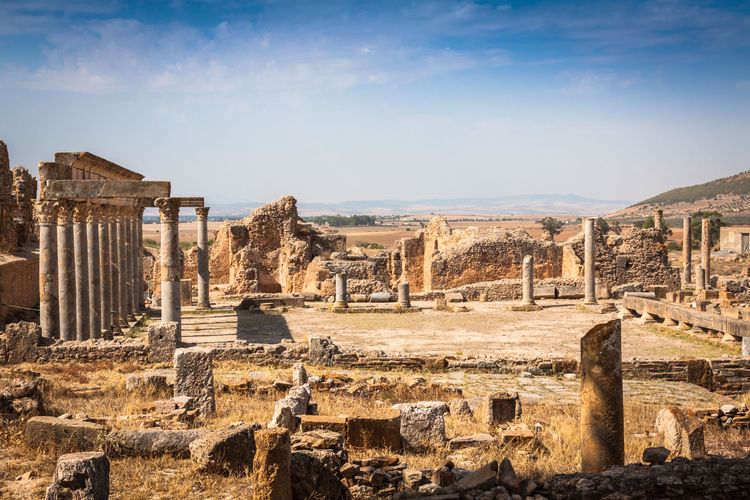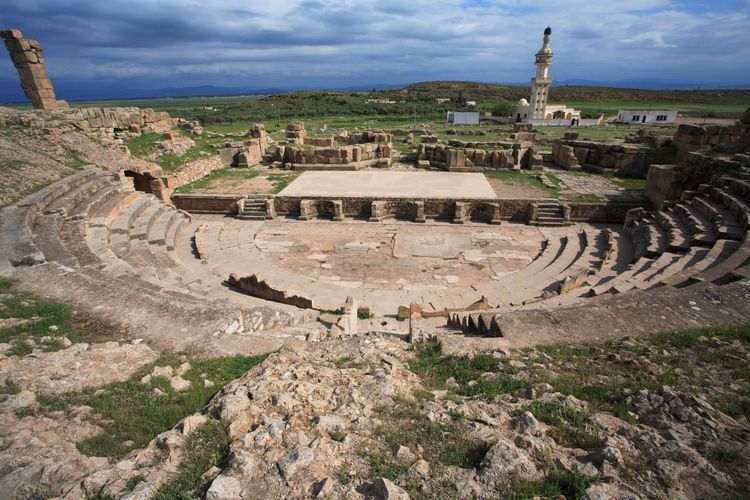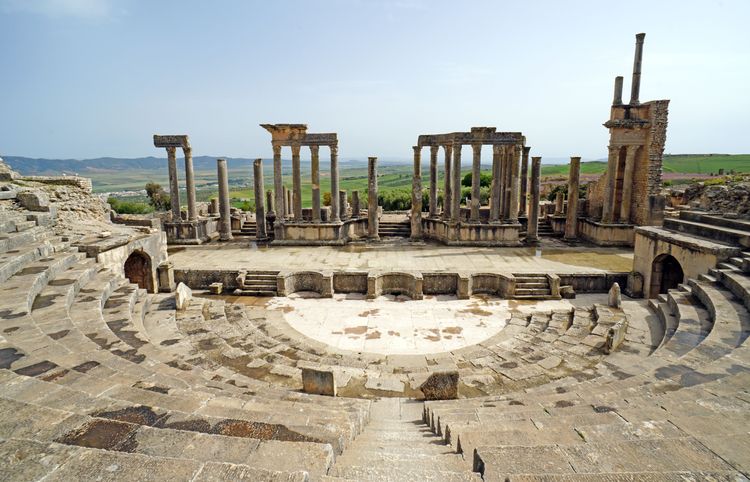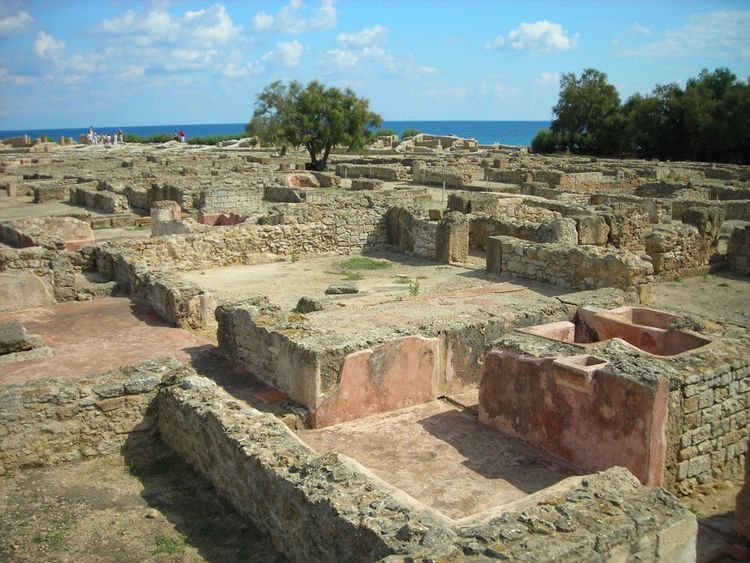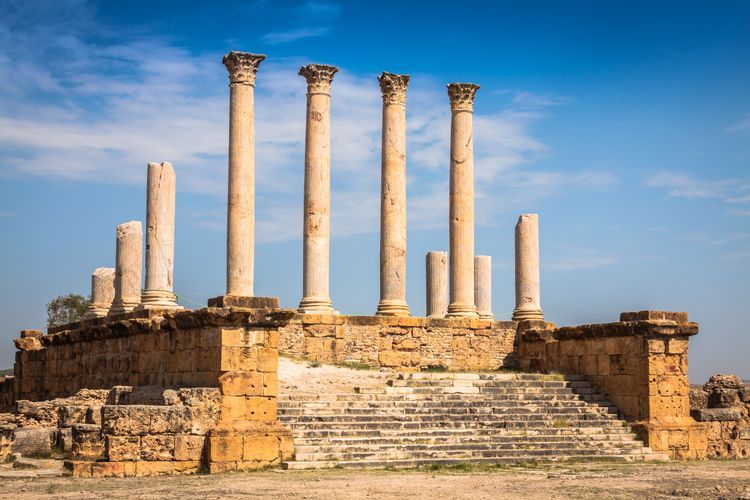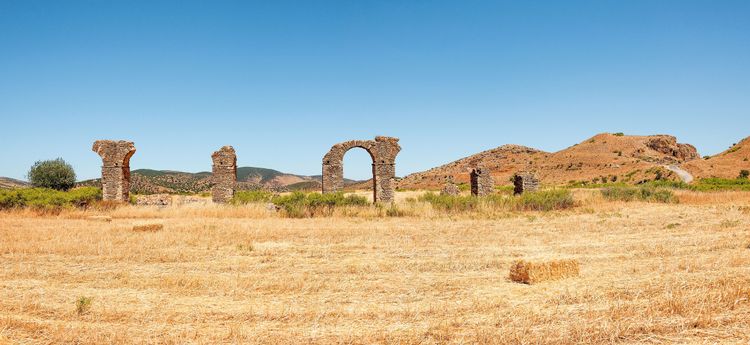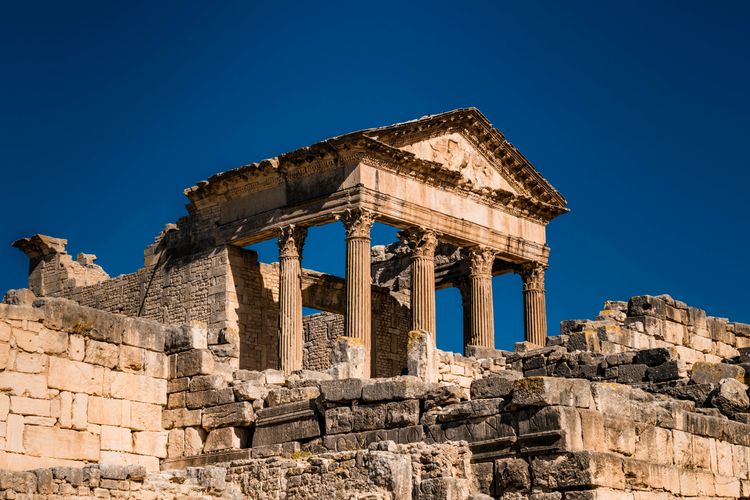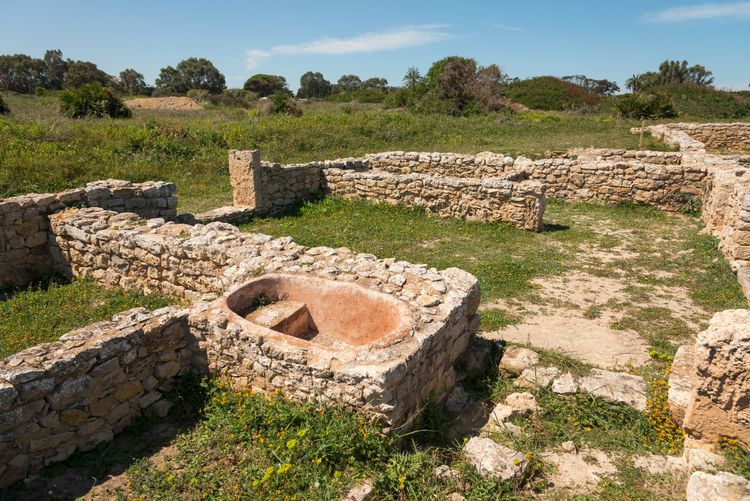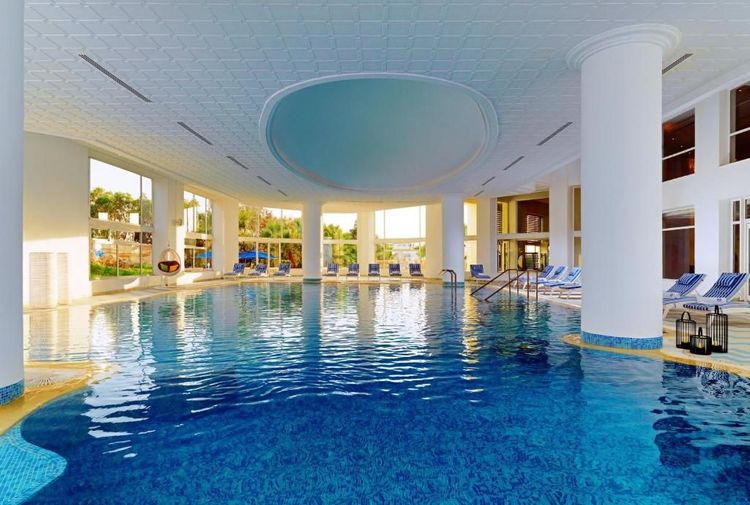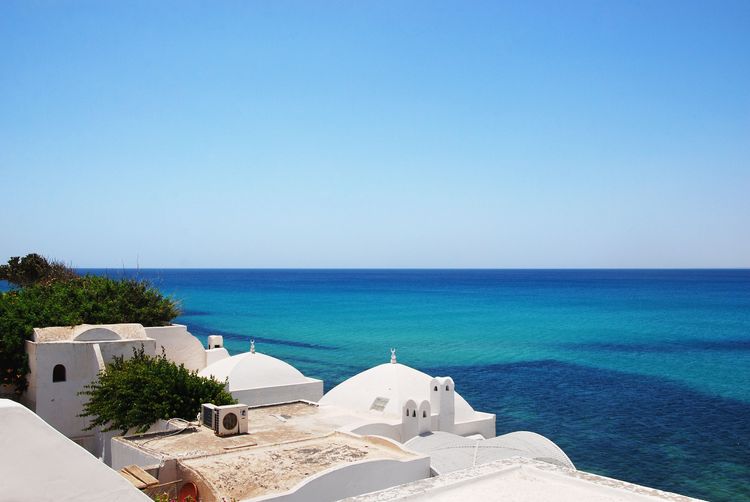How do I get to the archaeological sites in northern Tunisia?
Tunis Carthage airport is the gateway to northern Tunisia. It's a 2-hour 25-minute flight from Paris.
The Thuburbo Majus site is the easiest to reach, 64km south-west of Tunis airport, a 1-hour drive.
Bulla Regia is 160km south-west of Tunis airport, a 2-hour drive. If you're staying in Tabarka, 60km further north, you'll need to allow 1 hour 20 minutes for the journey (there's no motorway, so you'll need to take a minor road).
The Chemtou site is 180 km south-west of Tunis airport, a 2-hour 20-minute drive. And yes, it's a long way from the Algerian border! If you're staying in Tabarka, 77 km further north, you'll need to allow 1? hours for the journey (there's no motorway, so you'll have to take a back road).
Dougga is 117km south-west of Tunis airport, a 1 hour 50-minute drive.
Kerkouane is 132 km east of Tunis airport, a 2-hour 20-minute drive. It's at the tip of Cap Bon, and well worth a visit!
We recommend that you first visit the Bardo Museum in Tunis, where a number of mosaics and statues found on Tunisia's various archaeological sites are on display. This will give you a good idea of the history of these sites and give you a better idea of their wealth once you're there.
The Thuburbo Majus site is just 64km south-west of Tunis, a 1-hour drive. It can easily be visited in an afternoon from the Tunisian capital. The site is huge and only ⅙ of the 40 hectares have been excavated! Thuburbo Majus is open every day from 8am to 7pm (April to September) and 9am to 5pm (October to March. Admission costs 7 dinars (just over €2).
Every summer, a festival of theatre, music and dance takes place in the superb setting of the ancient site of Bulla Regia. The remains cover more than 60 hectares (three quarters of which are buried) - it's huge! Bring good walking shoes, water, a hat and sunglasses! The site is open from 8.30am to 5.30pm in winter and from 8am to 7pm in summer. Admission costs 10 dinars (just over €3).
Don't miss Chemtou's interesting little museum, at the entrance to the site, where some of the treasures found there are on display. Open from 9.30am to 3pm, admission costs 8 dinars (2.5 euros). Another must-see is the Roman bridge over the Medjerda river, the largest construction of its kind in North Africa. Just 16 kilometres separate Chemtou from Bulla Regia. Take the opportunity to visit both sites in the same day! What's more, they're closer to Tabarka than Tunis, making them a perfect day out if you're staying in Tabarka, some 60km to the north.
Kerkouane is small compared with the other sites, just 8 hectares. The visit is therefore quicker. As a bonus, there is a beautiful view of the Mediterranean Sea, which borders the ruins. The site houses a beautiful museum, accessible with the entrance ticket. Here you can admire archaeological artefacts discovered on the site since the 1950s, mainly coins and ceramics, but also a carved wooden sarcophagus. The site is open every day from 9am to 4pm in winter and until 6pm in summer. Tickets cost 8 Tunisian dinars (€2.5) and include entry to the museum. Please note that the museum is closed on Mondays!
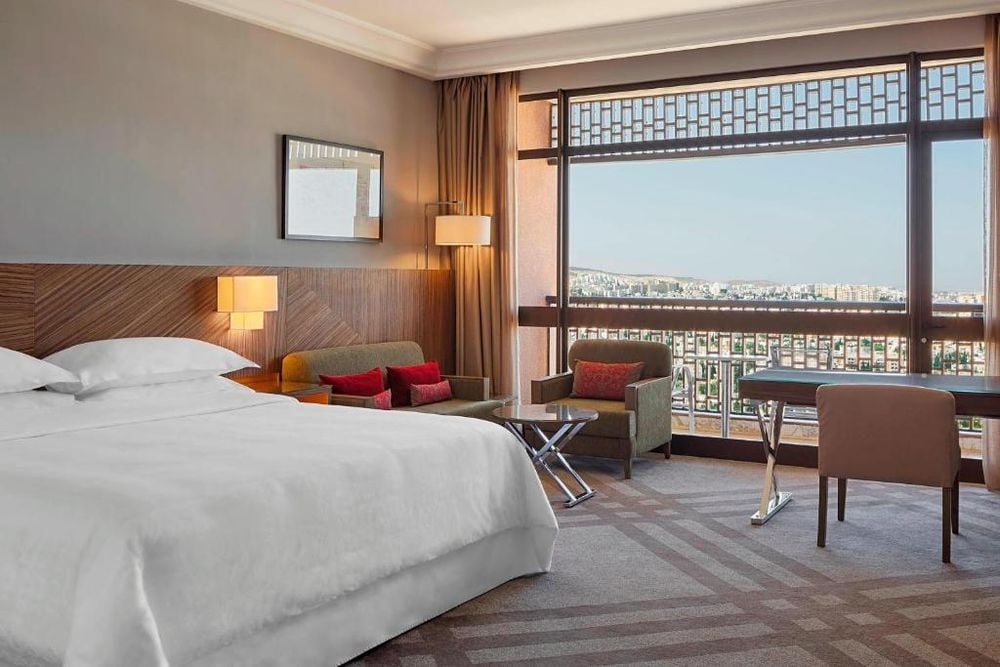 Hammamet
Hammamet
